Is Warsaw Worth Visiting?
categories: europe travel
Warsaw often flies under the radar as a travel destination.
Yet—
It brims with history, culture, and modern attractions. From the Old Town’s haunting beauty to the Vistula boulevards’ contemporary vibe, Poland’s capital offers a unique blend of past and present.
In this article, I’ll delve into the reasons that make Warsaw a must-visit, offering my perspective as someone who’s called it home since 2016.
Let’s make a start:
Top Spots in Warsaw You Can’t Afford to Miss
A few standout locations come to my mind when considering Warsaw as a travel destination. Let me walk you through them.

The Palace of Culture and Science
At 778 feet, the Palace of Culture and Science is Poland’s second-tallest building and one of the tallest in the European Union (EU).
At its completion, it was the world’s eighth-tallest building.
I’ve seen it countless times, and even now, its sight evokes a mix of admiration and curiosity.
Conceived and brought to life by Soviet-Russian architect Lev Rudnev in 1955, this tower was initially a “gift” from the Soviet Union named the Joseph Stalin Palace of Culture and Science. The gesture, while outwardly benevolent, was deeply embedded in the political and ideological dynamics of the time, representing the Soviet Union’s desire to assert its dominance and spread its influence across the Eastern Bloc.
As you might imagine, the construction of the Palace symbolized unwelcome Soviet imposition and grand architectural ambition, claiming the lives of 16 individuals.
Despite its controversial origins and debates about its demolition, the Palace has endeared itself to many residents and visitors over the years. Today, it serves multiple purposes and is home to university faculties, office space, theaters, cinemas, and libraries, among others.
- Get a Car Rental
- Get an eSim to be able to use your smartphone abroad.
- Get a universal plug adapter
- Search for Great Tours HERE
- Book Your Accommodation HERE
- Buy Travel Insurance
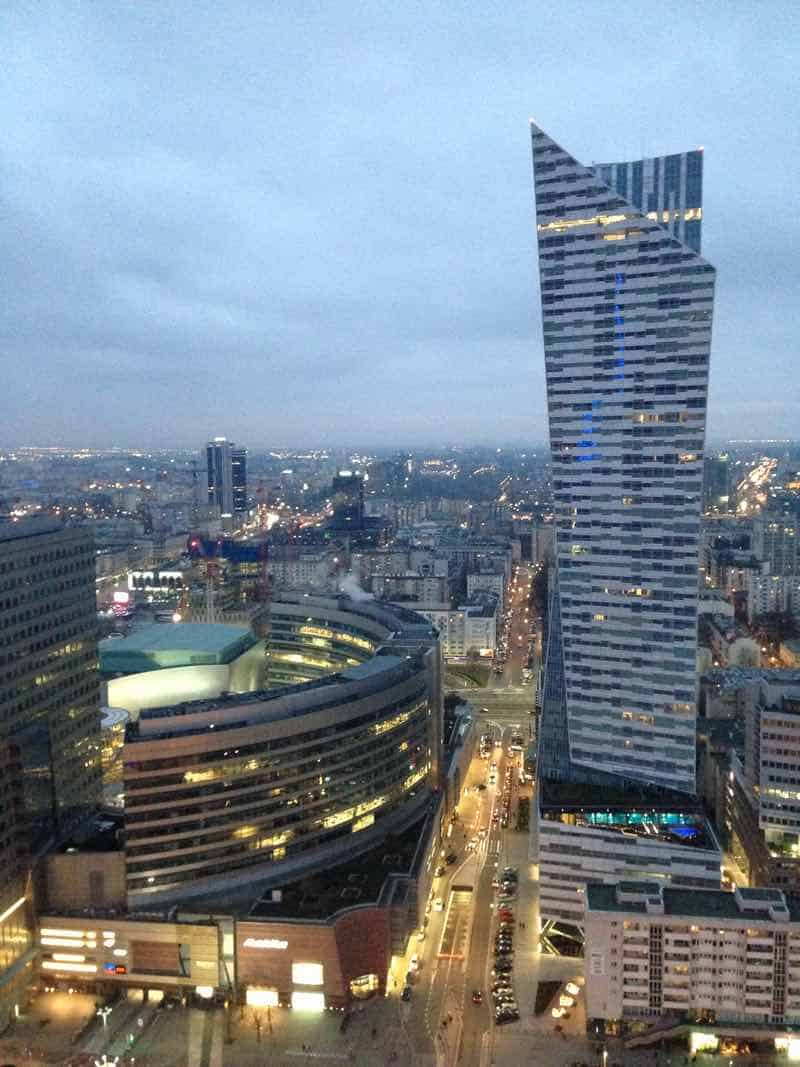
Notably, the Palace also offers a chance to view the city from its observation deck on the 30th floor—the panorama of Warsaw from above is breathtaking.
From this elevated perspective, you can observe the juxtaposition of Warsaw’s Old Town, the Royal Castle, and the National Stadium. The observation deck is equipped with telescopes and informative panels that provide historic and cultural context about the visible landmarks.
For those planning a visit to the observation deck, here are the ticket details:
- Regular ticket: 20 PLN
- Reduced ticket: 15 PLN (available for children and students)
Payment by card is accepted. The ticket office is located in the main hall.
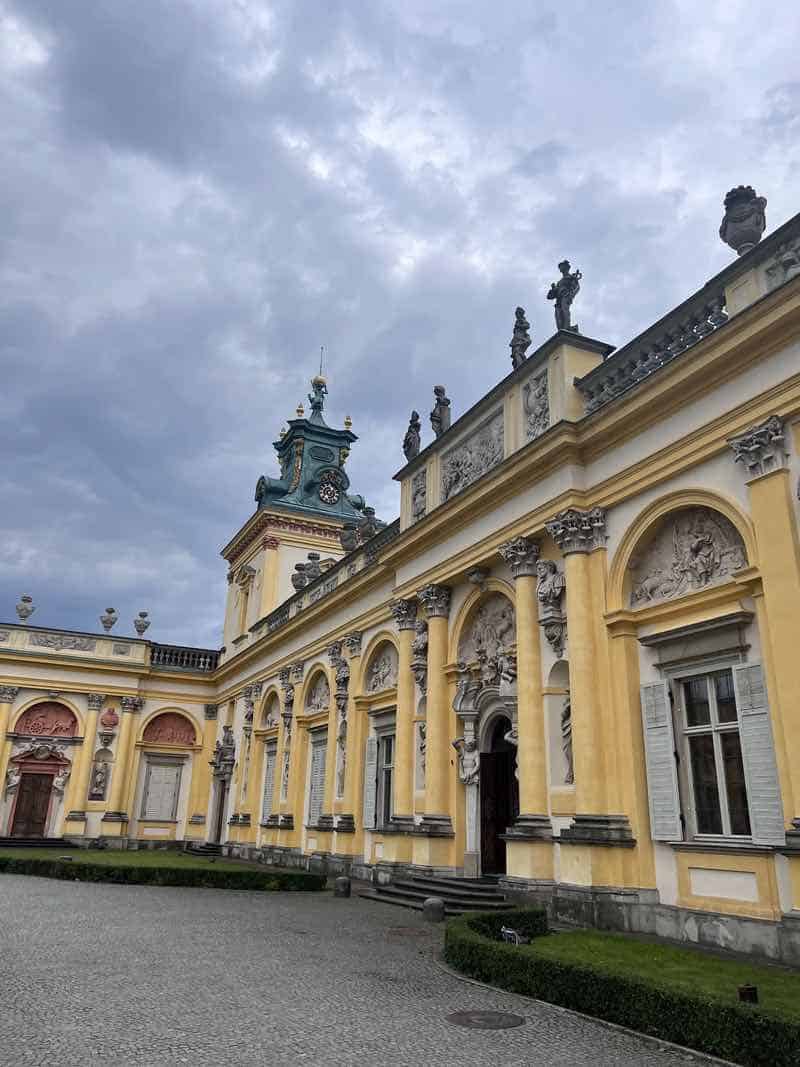
Wilanów Palace
A visit to Warsaw isn’t complete without spending a few hours at the Wilanów Palace, often called the “Polish Versailles.”
Nestled in the Warsaw district that shares its name, this former royal residence, constructed for King Jan III Sobieski between 1677 and 1696, has weathered the storms of history, from partitions to world wars, to emerge as one of Poland’s most cherished monuments.
This palatial complex is a fusion of European art with Polish architectural traditions that captivates around 3 million visitors yearly.
Beyond its architectural beauty, the palace has seen a succession of Poland’s most illustrious families—Sieniawskis, Czartoryskis, Lubomirskis, Potockis, and Branickis—each leaving their mark on the estate’s evolution.
The museum within the palace, established by Stanisław Kostka Potocki in 1805 as one of Poland’s first public museums, is also a treasure trove of royal and artistic heritage.
It houses an extensive collection of works by renowned artists such as Jacques-Louis David and commemorates King John III Sobieski and Poland’s glorious past. Despite the ravages of World War II, which saw many of its treasures looted, the palace has been restored, and much of its stolen collection repatriated, allowing it to reopen to the public in 1962.
Whether you’re a history enthusiast, an art lover, or someone looking to explore the beauty of Warsaw, the Wilanów Palace provides an unforgettable experience.
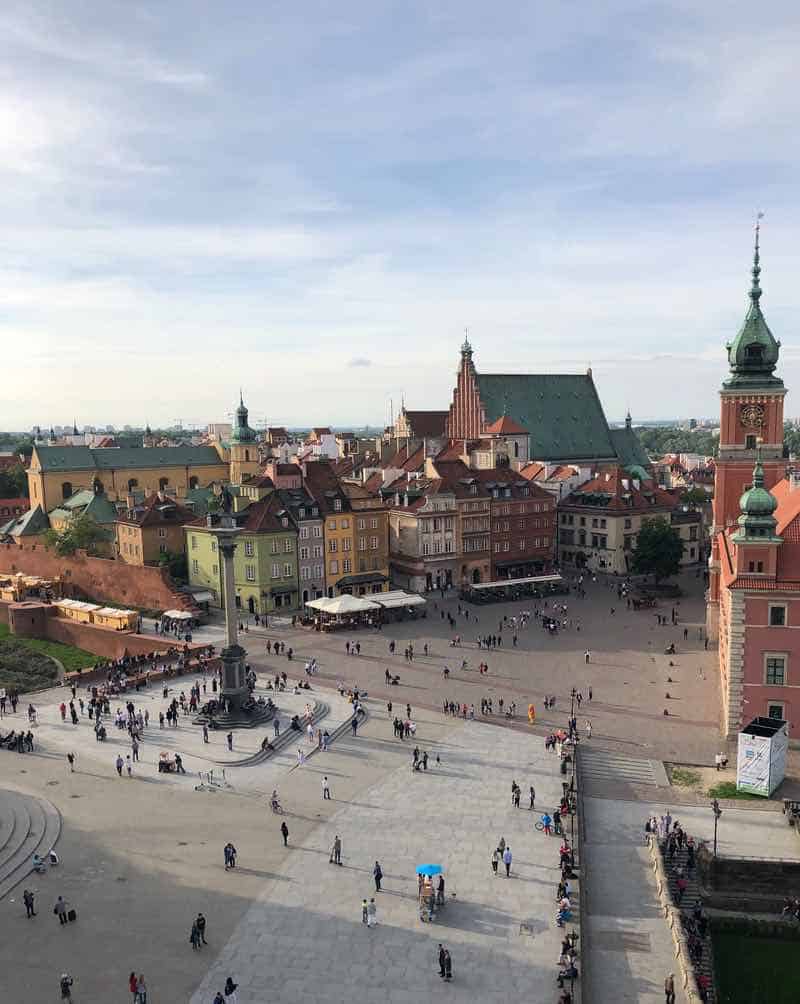
The Old Town, the oldest part of the city, was nearly destroyed during World War II.
However, it was rebuilt using paintings and photographs to ensure authenticity and is now a UNESCO World Heritage site. This effort made it the world’s first project, aiming to recreate an entire historic city core.
Walking through its cobblestone streets, you’ll find yourself surrounded by colorful buildings, each telling a story of the past.
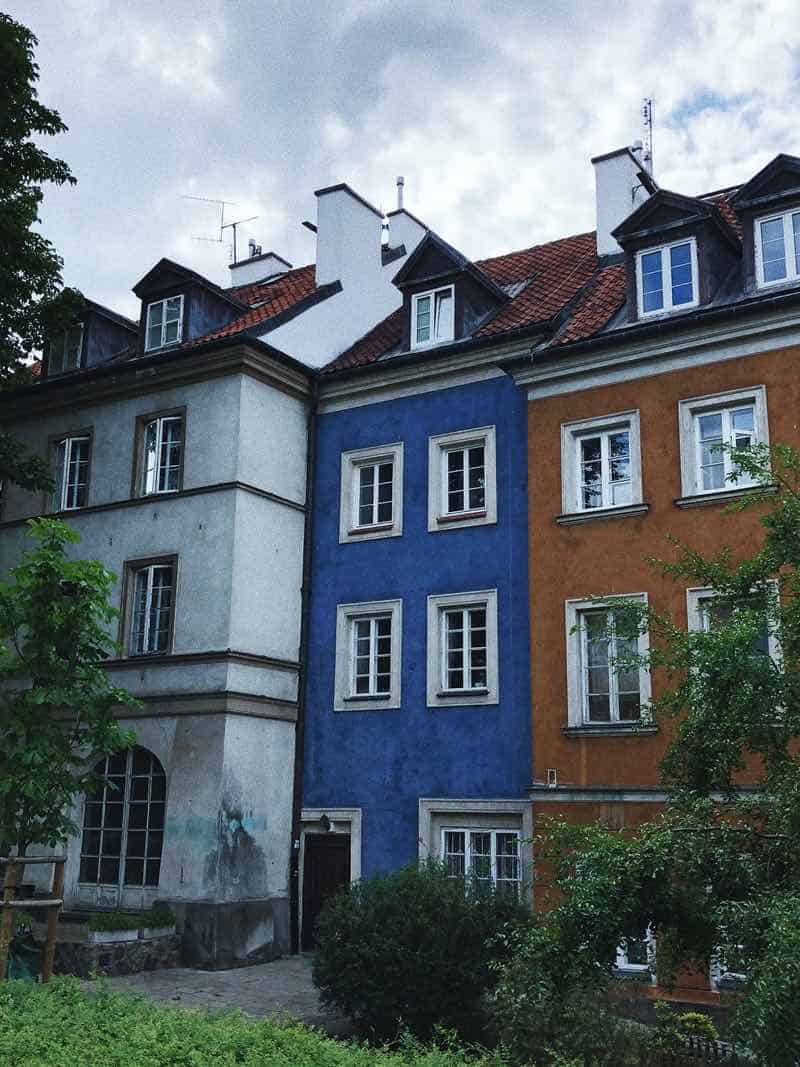
The Royal Castle, adjacent to the Castle Square and graced by the iconic Sigismund’s Column (commemorating the Polish king Sigismund III Vasa for moving the capital from Kraków to Warsaw in 1596), is a testament to the city’s rich history and resilience.
Initially the residence of the Dukes of Mazovia, the Castle has undergone numerous transformations, reflecting the city’s changing fortunes and tastes. Its interiors serve as a museum and include an impressive art collection and royal regalia, including the Lanckoroński Collection of Rembrandt paintings.
One of the most charming aspects of the Old Town is the narrowest house in Warsaw, located in Canon Square. This peculiar building, only 36 inches wide at its narrowest point, adds a whimsical touch to the area’s historical gravitas and is a favorite subject of photographers.
Plus—don’t forget about the Market Square.
It’s a bustling hub since the late 13th/early 14th century, where merchants, guilds, and locals once converged. Today, it’s a gathering spot where locals and travelers enjoy outdoor cafes, street performances, and artisan markets.
The energy is contagious, making it a perfect spot to immerse yourself in the local way of life.
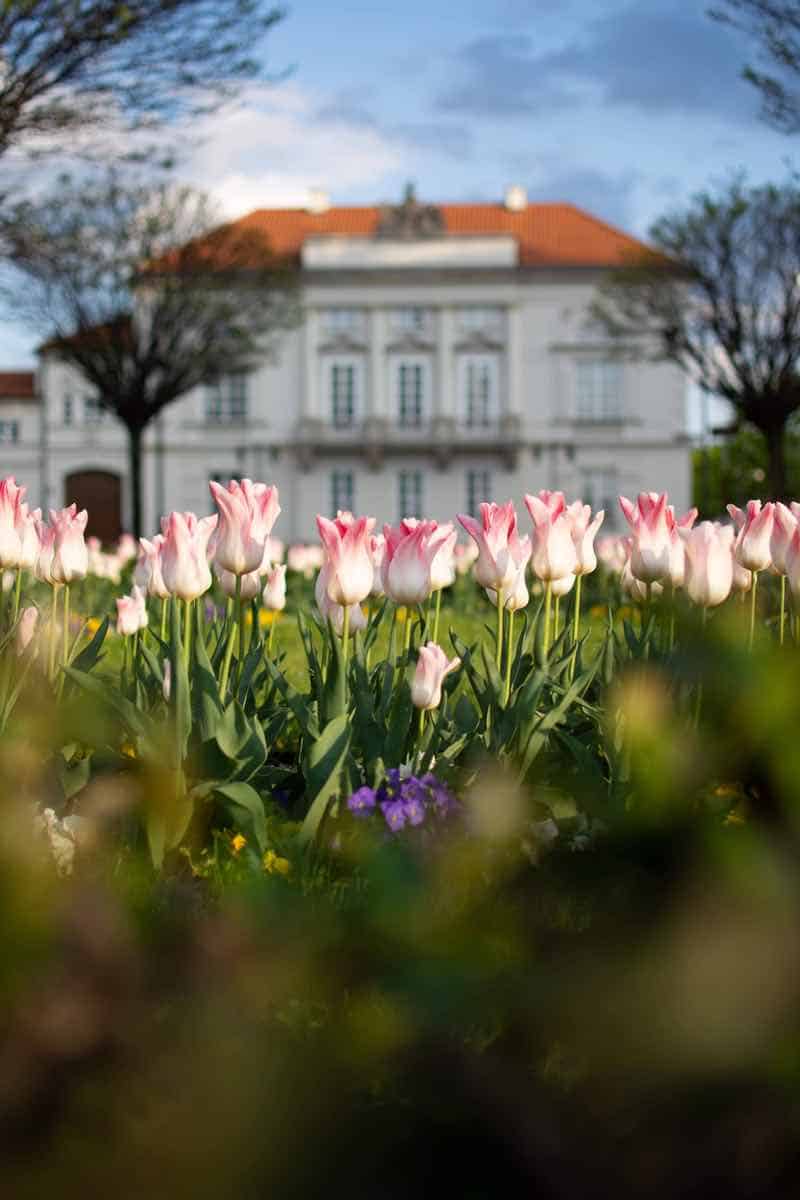
Nowy Swiat
Nowy Świat (“New World”) is more than just a street.
It’s a vibrant city artery brimming with history, culture, and life. As a local, I’ve walked this street countless times, each visit revealing something new.
The street’s lineage as Warsaw’s crucial artery dates back to when it was the main road connecting the city to aristocratic estates and villages beyond its borders. By the 17th century, it‘d been christened Nowy Świat, marking the city’s expansion with a name that encapsulated the optimism and grandeur of the era.
The turn of the 19th century ushered in further transformations, with Nowy Świat becoming a commercial hub, attracting locals and visitors to its shops, restaurants, and cafes nestled within its neoclassical facades.
But—
The Warsaw Uprising of 1944 left Nowy Świat in ruins, nearly erasing its storied past under the rubble of war. That said, the spirit of Warsaw and the resilience of its people shone brightly through the devastation, with post-war reconstruction efforts led by architect Zygmunt Stępiński breathing new life into the street. By reverting to its early-19th-century neoclassical charm rather than its prewar art nouveau style, Nowy Świat was reborn.
Today, the street is lined with historic buildings and modern establishments. Cafés, restaurants, and shops offer shopping and dining experiences that cater to all tastes and budgets.
I also find evenings on Nowy Świat particularly enchanting. The street transforms with the glow of street lamps and the buzz of people enjoying the nightlife.
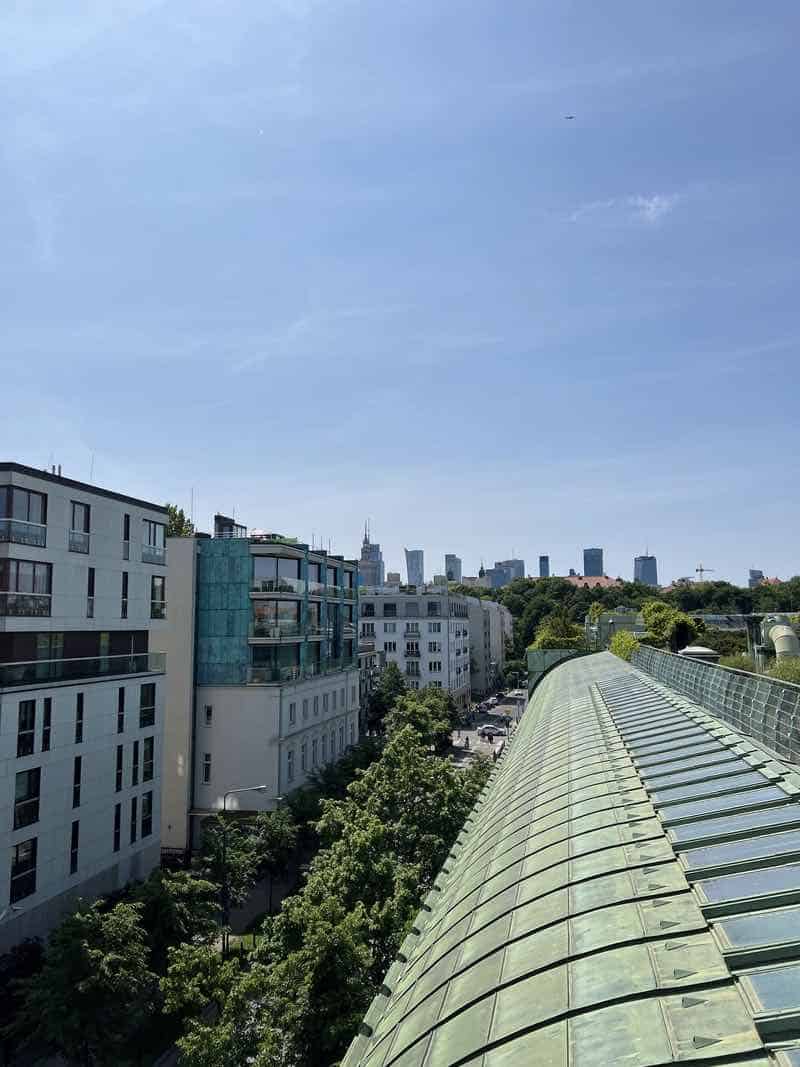
University of Warsaw Library
Founded in 1816, the University of Warsaw Library is housed in a building since 1999 that’s an architectural marvel in its own right.
The library caters to a broad audience, offering access to over 6.2 million books, journals, study materials, and amenities like computers, printers, and copy machines. Moreover, the library is a custodian of unique cultural assets, such as the traditional Japanese tea pavilion, Chashitsu, donated by Kyoei Steel in 2004.
What sets it apart, however, is the roof garden, one of Europe’s largest and most beautiful.
Designed by landscape architect Irena Bajerska, this green haven sprawls across one hectare on the library’s rooftop, offering an escape amidst the hustle and bustle of the city. The garden’s areas—the Golden Garden, the Silver Garden, the Crimson Garden, and the Green Garden—each contribute to a harmonious whole accessible to the academic community and the public.
Lastly, the University of Warsaw Library is a cultural hub featuring bookshops, cafes, and student art exhibitions.
What to Eat in Warsaw – Gastronomic Delights
The city’s culinary scene provides a delicious insight into Polish culture through its traditional dishes.
Among the must-try traditional dishes are pierogi, beloved dumplings filled with ingredients ranging from potatoes and cheese to fruits. Then there’s bigos, a hearty stew of cabbage and meat steeped in flavor, and żurek, a unique sour rye soup.
Another facet of Warsaw’s culinary diversity is street food markets, where you can taste traditional Polish snacks and international cuisines.
One standout is the Nocny Market (Night Market), which occurs on the platforms of an abandoned train station from early May until the end of September. Under the glow of fairy lights, you’ll find food stalls offering everything from Vietnamese pho and Korean bao buns to traditional Polish kielbasa and modern vegan dishes.
The atmosphere is electric, with DJs and live bands adding to the ambiance, making it a perfect spot for a late-night feast.
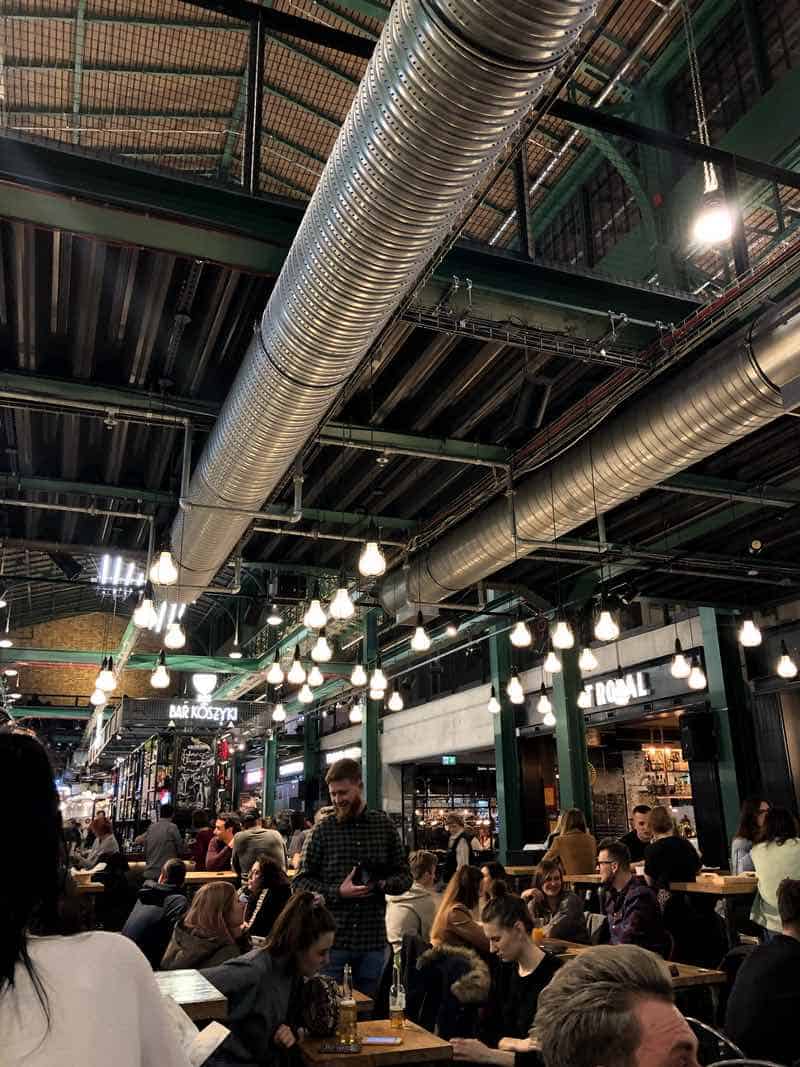
Adding another layer to Warsaw’s culinary narrative is Elektrownia Powiśle.
The venue’s fantastic atmosphere, vegan-friendly options, and the chance to discover culinary jewels make it an essential stop. Plus, the site’s historic backdrop as a former power plant, now repurposed into a hub for food, shopping, and leisure, adds intrigue.
This destination comprises highly-rated eateries like:
- PaTaThai
- Milk Bar Warsaw
- Pełną Parą
- Kimi Sushi
Lastly, Warsaw’s culinary adventures aren’t limited to traditional and street food experiences.
Cocktail Bar Max & Dom Whisky presents a sophisticated nightlife option with its unparalleled selection of spirits and cocktails.
Renowned for its vast collection of over 2,000 bottles of spirits, including a specialty whisky bar on the 1st floor boasting more than 4,000 bottles, it offers a unique experience for spirit enthusiasts.
To make your trip to Warsaw more enjoyable, here’s some practical advice to consider.
Best times to visit Warsaw
Warsaw shines brightest from May to September. During these months, the weather is warm, and the city is alive with outdoor cafes, green parks, and many events.
If you prefer fewer crowds and don’t mind a bit of chill, spring, and fall offer a beautiful backdrop with fewer tourists.
Note that US citizens entering Poland don’t require a visa but must ensure their passport is valid for at least six months. If it’s expiring soon, gather the necessary documents, get a quality passport photo using a handy app (or have it taken at CVS or Walgreens), and renew it before traveling.
Getting Around Warsaw
Warsaw’s public transportation system is efficient and easy to use, comprising buses, trams, and a metro line.
The ticket prices range from 3–5 PLN, and day passes start at just 15 PLN per person.
For those seeking alternatives to public transport, particularly during late-night hours or in less frequently serviced areas, taxis and ridesharing apps such as Uber or Bolt are safe and reliable options.
Another enjoyable way to discover Warsaw is by bike or scooter. Rental programs like Veturilo or Lime simplify picking up a bicycle or electric scooter, catering to extended explorations and short jaunts around town.
Given the comprehensive public transit coverage and the ease of bike or e-scooter sharing, car rental is generally unnecessary for navigating Warsaw.
Safety in Warsaw
Warsaw is generally safe for travelers, but as with any major city, it’s wise to stay aware of your surroundings and secure your belongings.
Tourist-frequented areas like the Old Town, public transport hubs, and crowded shopping centers are prime locations for opportunistic theft.
To mitigate these risks, watch over personal items and avoid flaunting valuables that might attract unwanted attention.
Choosing to stay or spend time in neighborhoods known for their safety can further reduce risks. Districts such as Śródmieście (City Centre), Żoliborz, Mokotów, and Wilanów are recommended for their general safety record.
In this context, it’s also a good idea to familiarize yourself with Poland’s emergency number, 112, for urgent assistance. Operators typically speak English, providing a helpful resource for distressed international visitors. Additionally, EU citizens with a valid European Health Insurance Card (EHIC) can access emergency medical services under the same conditions as Polish nationals.
Where to Stay in Warsaw
Conclusion
There you have it.
A comprehensive look at Warsaw from a local’s perspective.
Now—
If you have any comments or questions, drop me a line in the comments section below.
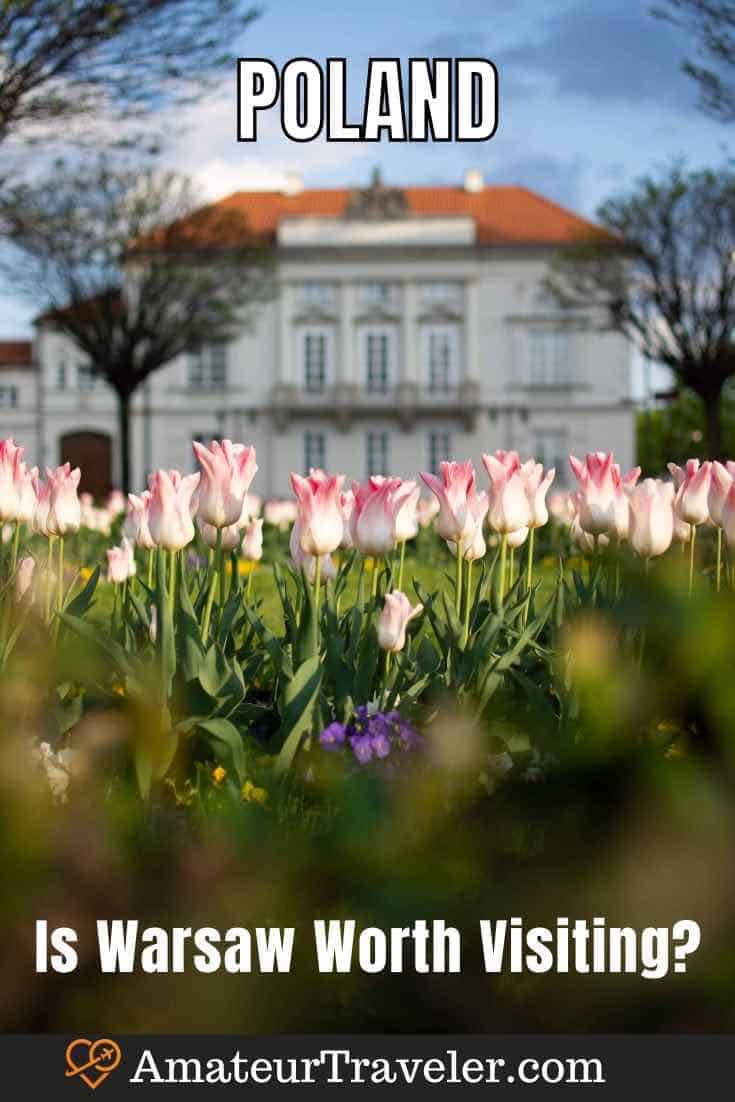

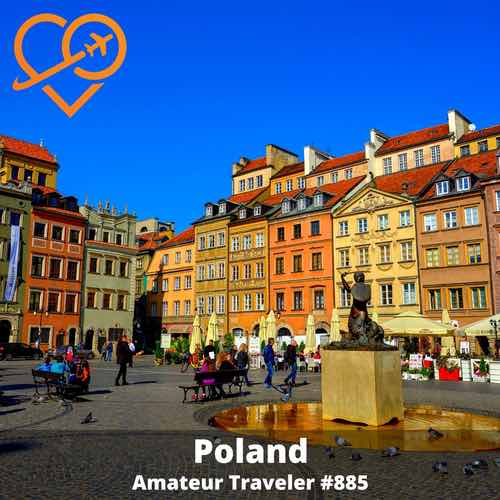 Travel to Poland (Warsaw, Krakow and Poznan) – Episode 885
Travel to Poland (Warsaw, Krakow and Poznan) – Episode 885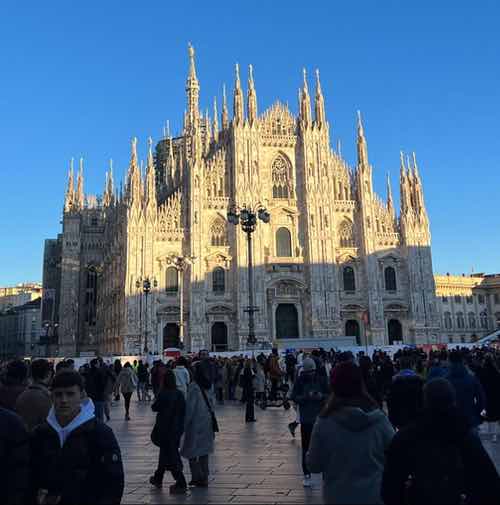 Is Milan Worth Visiting?
Is Milan Worth Visiting?  Is Malta Worth Visiting?
Is Malta Worth Visiting? Visiting Ostia Antica, Rome’s Ancient Seaport with Context Travel – Italy
Visiting Ostia Antica, Rome’s Ancient Seaport with Context Travel – Italy
